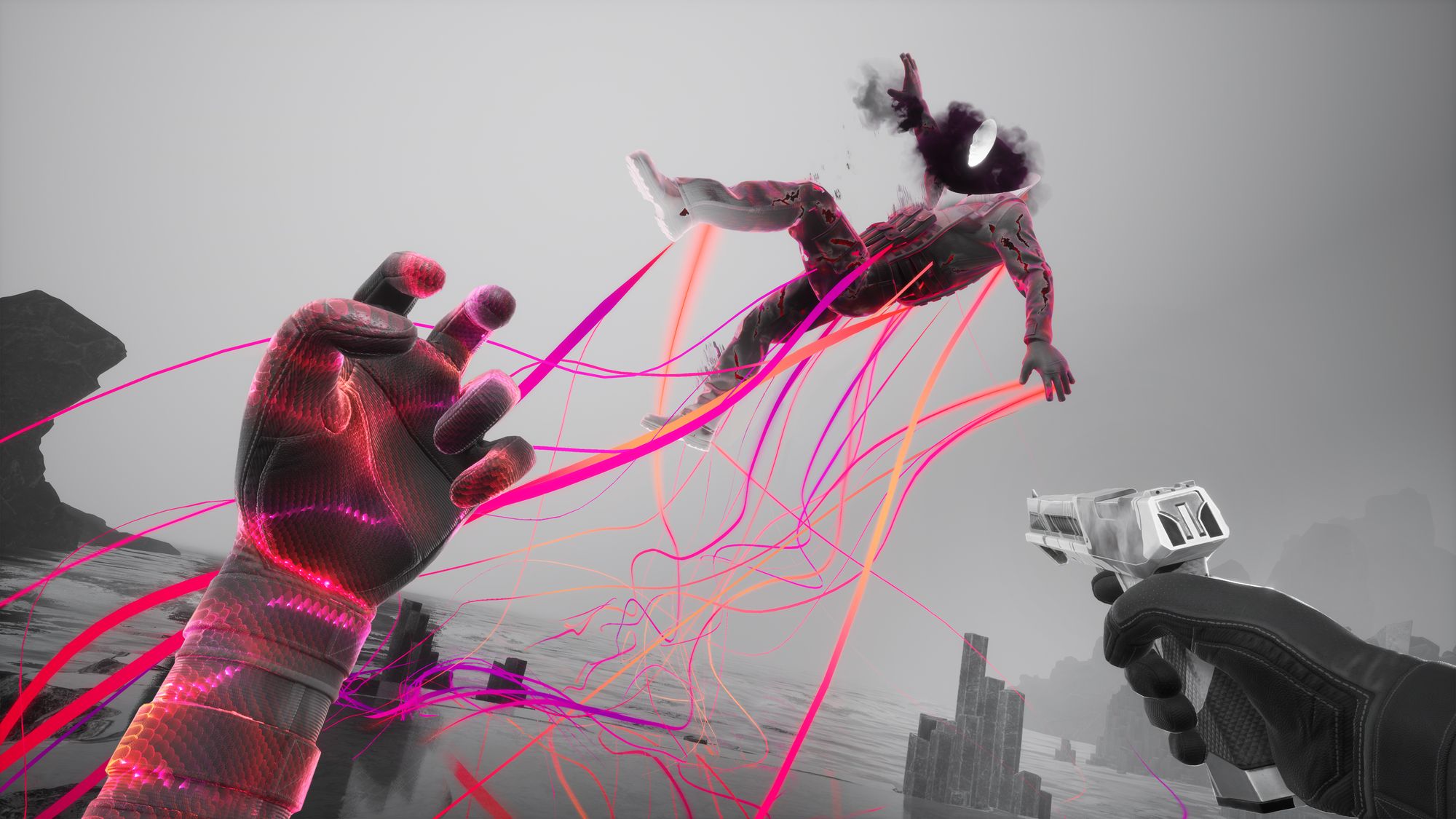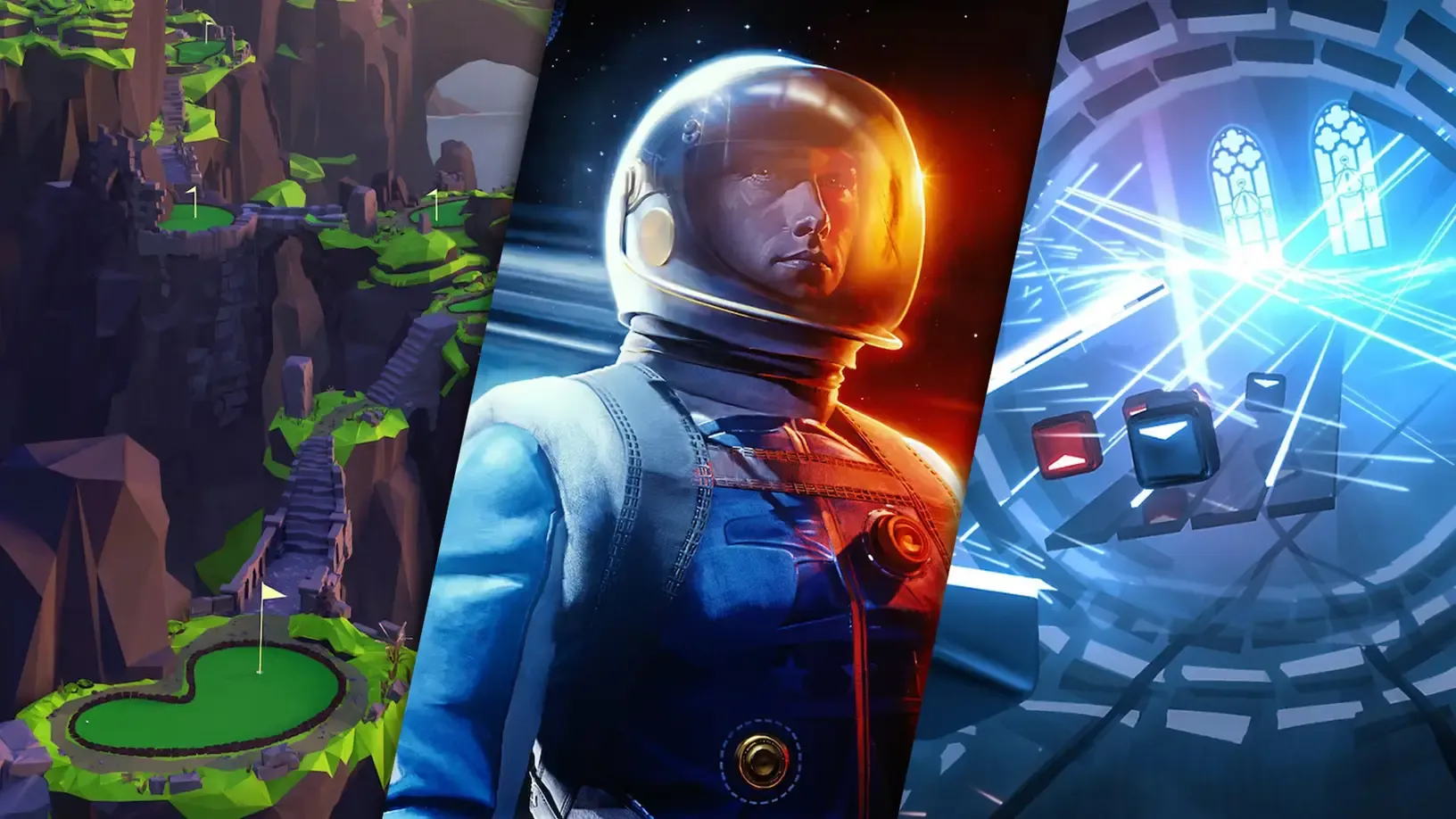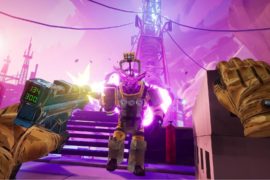Synapse creatively uses PSVR 2 eye tracking for a promising roguelike shooter. Going hands-on with a preview build, we interviewed nDreams to learn more.
Synapse left an immediate impression on me during February’s State of Play presentation. Out next month, this psychedelic action-shooter pits you against Colonel Peter Conrad (David Hayter), a former black ops leader now threatening Armageddon. Assisted by handler Clara Sorensen (Jennifer Hale), you are tasked with breaking into his mind to extract intel, featuring black-and-white visuals with a neon aesthetic.
Synapse adopts a roguelite structure, offering permanent upgrades between playthroughs and mid-run saves, but don’t expect an easy journey. I’m told reaching the true ending requires four completed runs, upping the difficulty each time. Visiting nDreams’ office in Farnborough, I went hands-on with a demo build but not before speaking with Patrick O’Luanaigh, CEO and co-founder of nDreams, and David Corless (VP of Publishing).
Initially, our conversation begins with nDreams recent expansion, having added three new studios in the last two years; Orbital, Elevation and Near Light. “We felt like VR had been going upwards but relatively slowly since 2014-2015 and we really felt it taking off with Quest 2,” says O’Luanaigh.
Corless takes the opportunity to highlight their third-party publishing efforts with Little Cites and the recently revealed PowerWash Simulator VR, advising me there’s another currently unannounced game to come. “We don’t want to sign 15-20 titles and hope three or four of them are hits. We want to find the titles that we’re as passionate about as the developers themselves.”
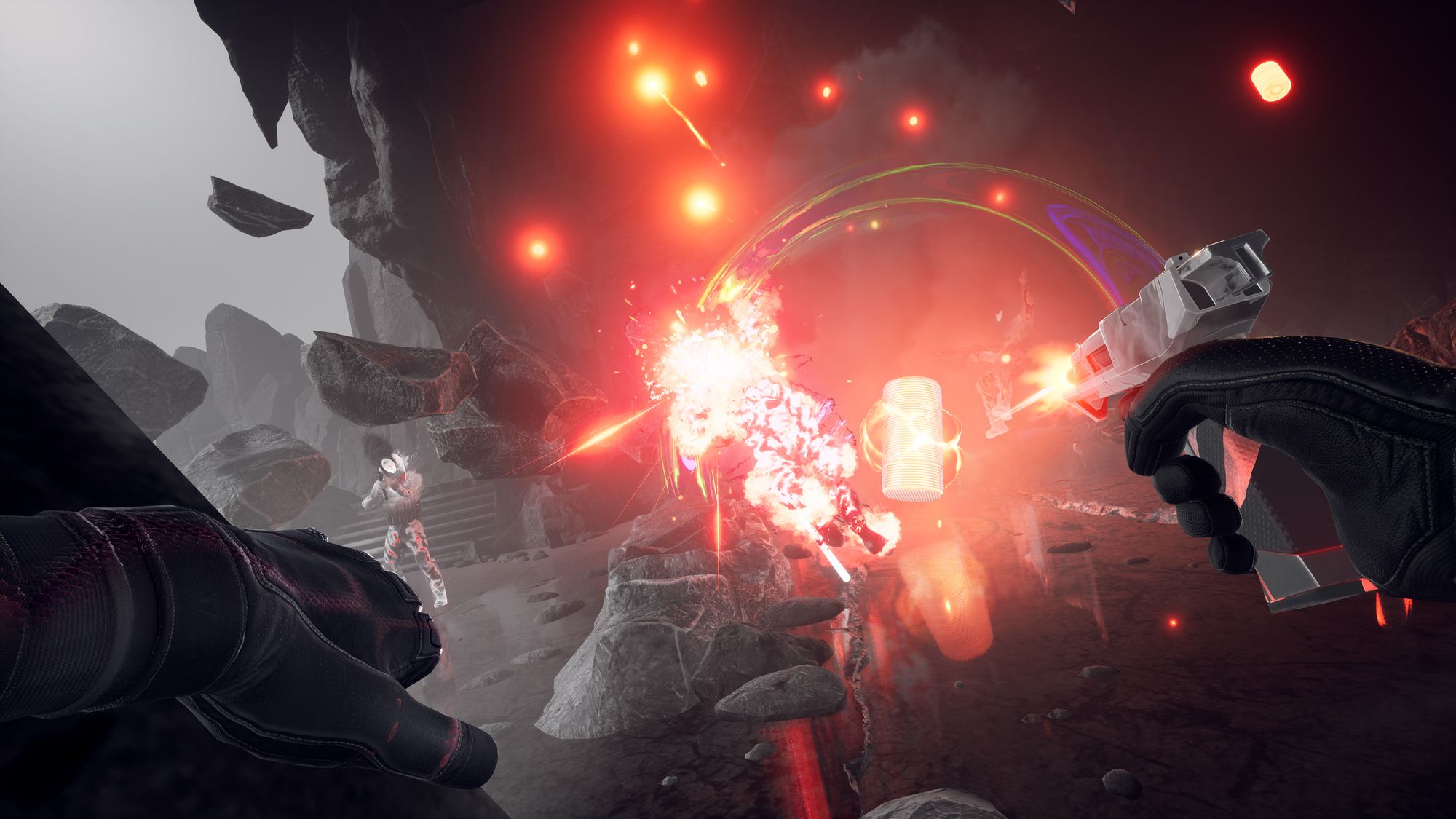
With Synapse, I queried what made this a good fit for PSVR 2. Speaking plainly, O’Luanaigh calls the headset “brilliant” before discussing hardware features like eye tracking and haptic feedback. “There’s a lot of really clever stuff in there that would be quite hard to do on other headsets… We had an opportunity with Sony to do something kind of exclusive to the headset that really pushed it.” O’Luanaigh says it would have been difficult to achieve this while also launching on Quest 2.
Corless tells me Fracked helped lead nDreams into that opportunity with Sony, while O’Luanaigh describes Synapse as “the spiritual successor to Fracked in some ways.” One area he felt worked really well in that game was the cover system. “Some of the lessons we’ve learned from Fracked have gone in and formed part of an early foundation for Synapse. We kind of doubled down on it.”
I also asked whether nDreams would port its older games to PSVR 2, like Fracked and Phantom: Covert Ops. Sadly, there is nothing to announce on either front, but O’Luanaigh did explain the studio’s decision process:
We do often have discussions about that. Phantom and Fracked are things we discussed internally but we’ve only got so much capacity. We’ve got way too much to do between Synapse and Ghostbusters, so we’re always trying to get a balance and pick what makes the most sense… If there was no lack of capacity, we would absolutely be continuing to support them.
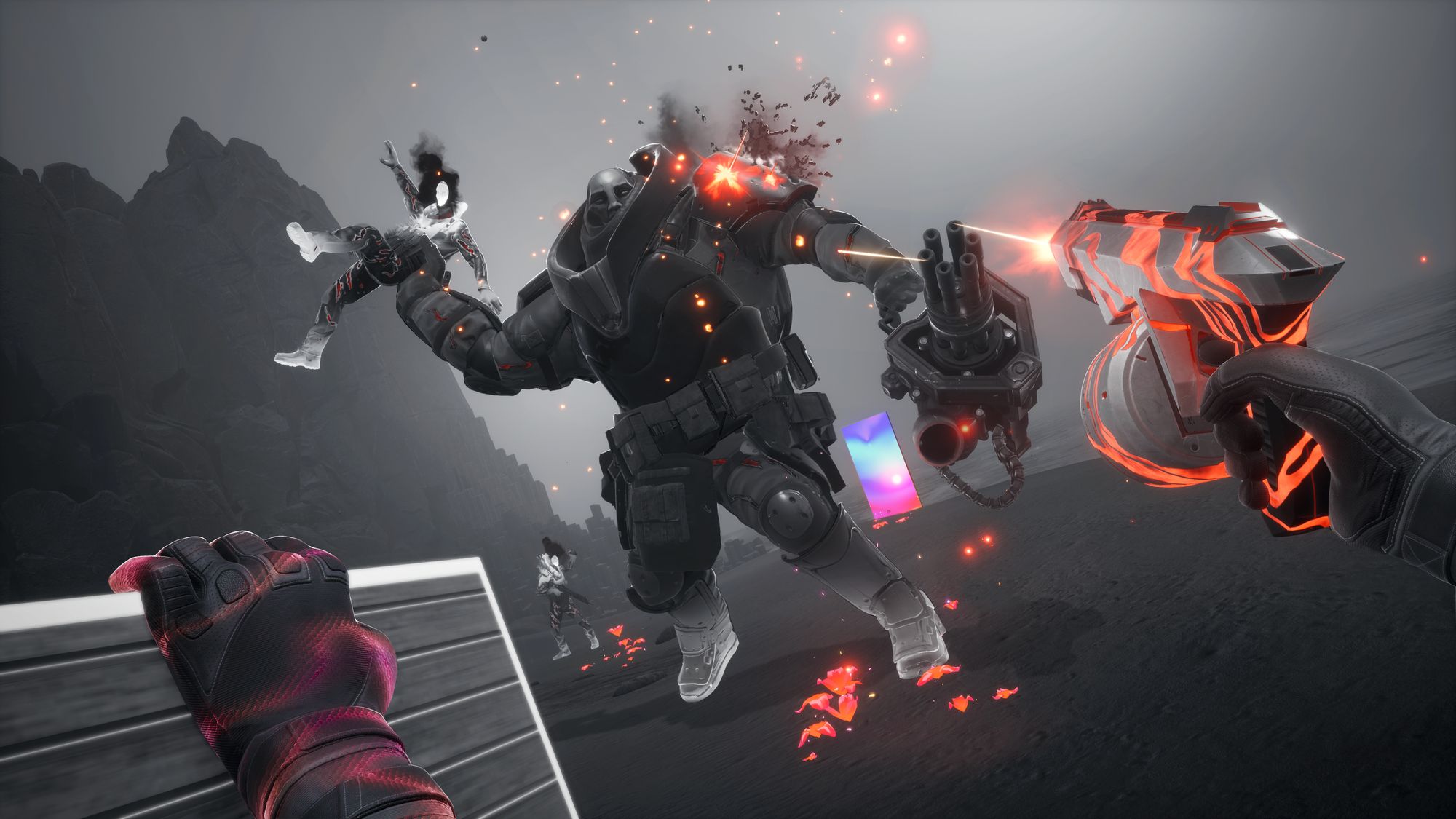
I then dove into a 40-minute Synapse demo, starting with a short tutorial where I was gripping environmental objects to hide behind natural cover. You use the right controller for shooting, while walking over ammo adds it to your inventory. Once your clip is empty, you can push the loose clip back into your gun to reload. Likewise, you can swap between guns with a button press. This might not all sound especially immersive in nature, but I’d argue it’s an approach better suited to Synapse’s faster pace.
Telekinetic (TK) abilities are where Synapse gets really interesting and I’d easily call it the best use of eye tracking I’ve seen so far on PSVR 2. Simply look at objects to highlight them in neon, then grab them with the left trigger and throw them with motion controls. There’s an option to highlight objects by pointing with the Sense controllers but the eye tracking method feels incredibly intuitive and soon becomes natural.
“When that was still being discussed, we used to select the objects with your hand. We were like ‘well, let’s try with the eyes’,” James Shepherd, Head of nDreams Studio tells me in a post-demo interview, admitting some team members weren’t convinced before prototyping it. “I thought that wouldn’t work and it was amazing. When a hundred people are swearing, you have to pay attention. It’s a no-brainer and everyone loved it.”
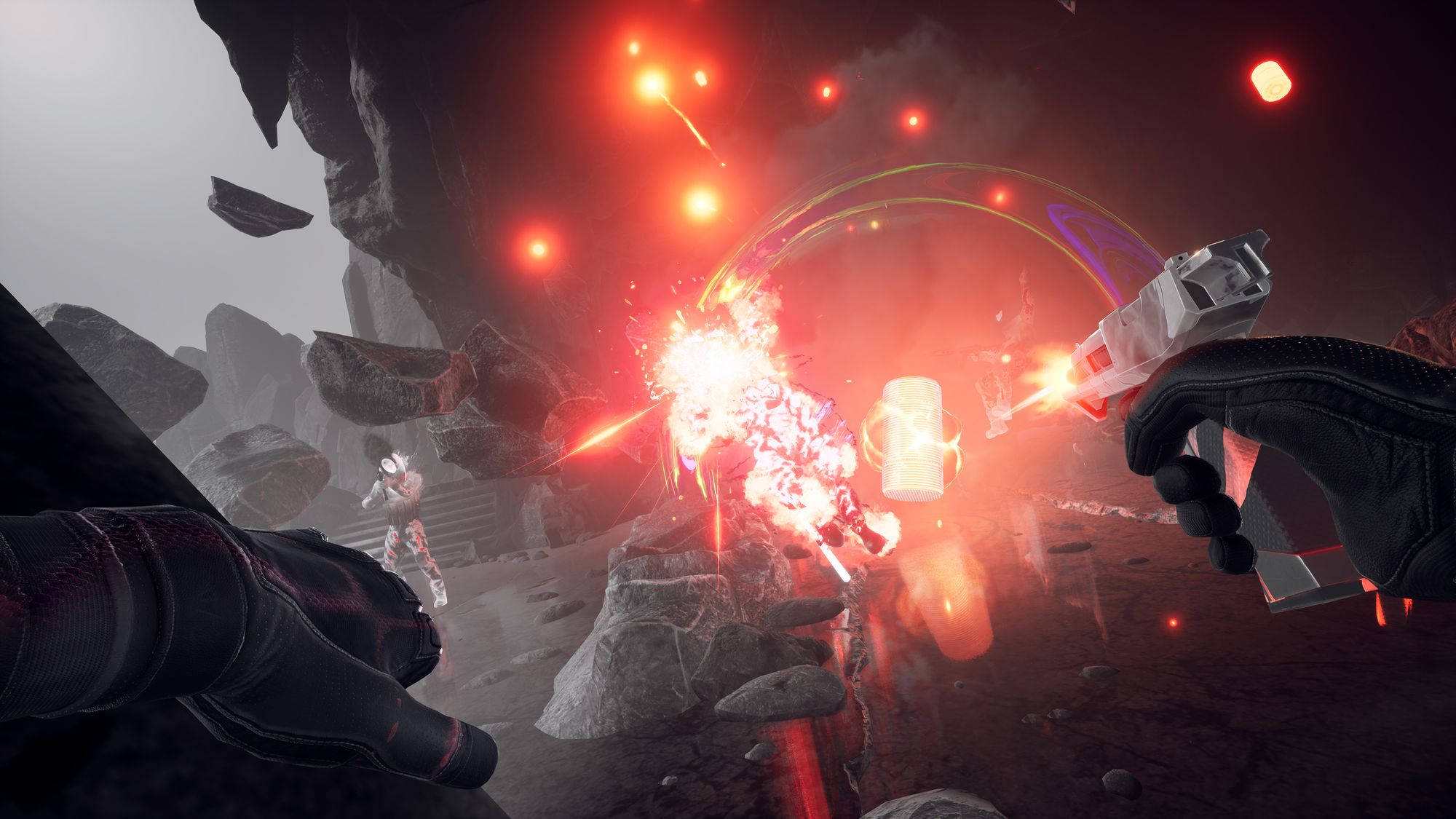
Each level I played revolved around taking down a set number of enemies before advancing and though I didn’t reach any bosses, this ranged from your standard ground troops to foes that explode within your vicinity once defeated. David Hayter’s menacing performance compliments the action, though I didn’t hear many of Jennifer Hale’s lines by comparison. Pathways, enemy spawn points and gates for moving onto the next level all varied between playthroughs – unsurprisingly for a roguelite.
Upon clearing a level, you can gain some temporary abilities, choosing one of two smaller buffs. Some are permanently unlockable outside runs, across three skill trees that focus on TK, weaponry and resilience. My favorite upgrade involved being able to grab enemies directly with TK and then throw them away. Between launching them into the sea or forcing them out of cover, it reminds me of Jedi force powers and Shepherd cites several movies as influences.
“We want the player to feel like Neo from the Matrix. A Jedi. A little bit of John Wick. Neo Jedi is what people call the protagonist in the team,” he explains. “That’s what we want you to feel in that kind of emotional release. It’s the best kind of force powers I’ve ever seen.” Shepherd says you just can’t achieve that same feeling in a 2D game. Considering TK reminds me of Vader Immortal, I’m inclined to agree.
My only complaint so far is that throwing objects at enemies didn’t always hit them as hard as I’d hoped. This would occasionally feel limp and deal minimal damage, though that could get tweaked before release. I’m later told Synapse runs at 60fps with 120Hz reprojection, though the art style means this is barely noticeable. While this isn’t a criticism, I also quickly learned to be careful with the Sense Controller adaptive triggers. Grabbing items requires a light press but applying more force with destructive objects makes them explode.
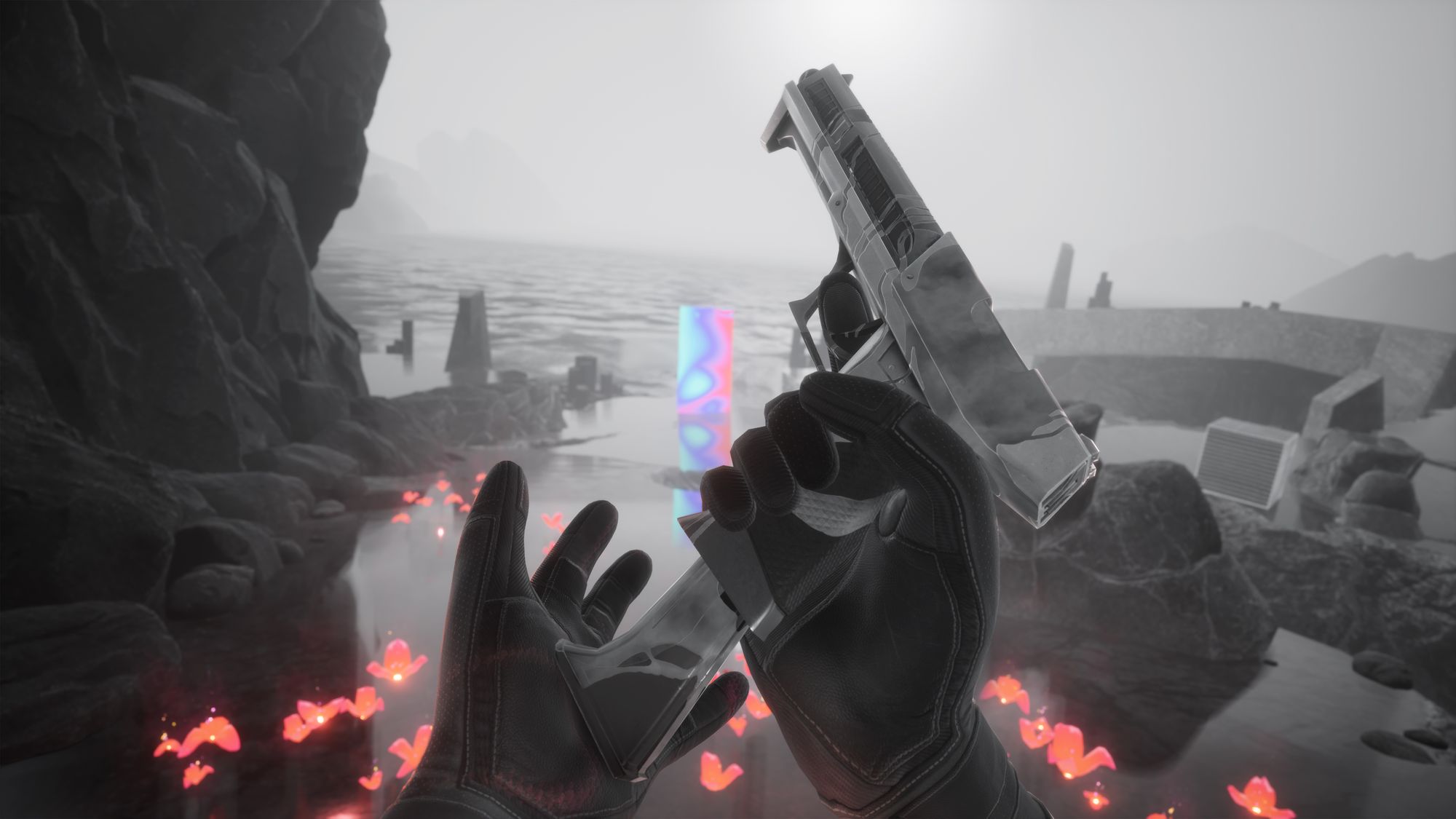
Finally, as a roguelite, I had to ask Shepherd one question: Can you beat Synapse on your first go? I’m told it’s possible but highly unlikely. “You’re gonna die. The narrative is unveiled over three runs: easy, medium, and hard. Complete the first run, get the first part of the story. Eventually, the ultimate truth is unveiled,” he confirms, with runs taking around 40 mins to 2 hours.
This was only a short demo but I’ve come away impressed, and nDreams could be onto a winner here. Between its stylish visuals, mostly polished action and impressive use of PSVR 2, I believe Synapse could be one of the best PSVR 2 games yet. It’s left me excited for the full release on July 4.
nDreams paid for UploadVR’s travel costs and accommodation to attend a Synapse preview at their office in Farnborough, UK.
